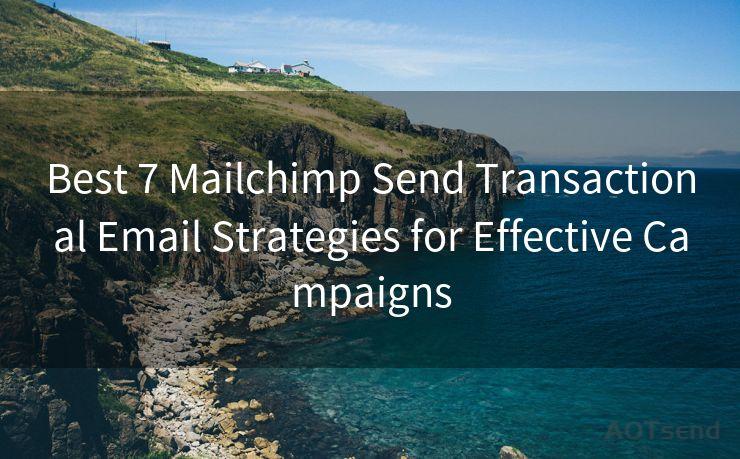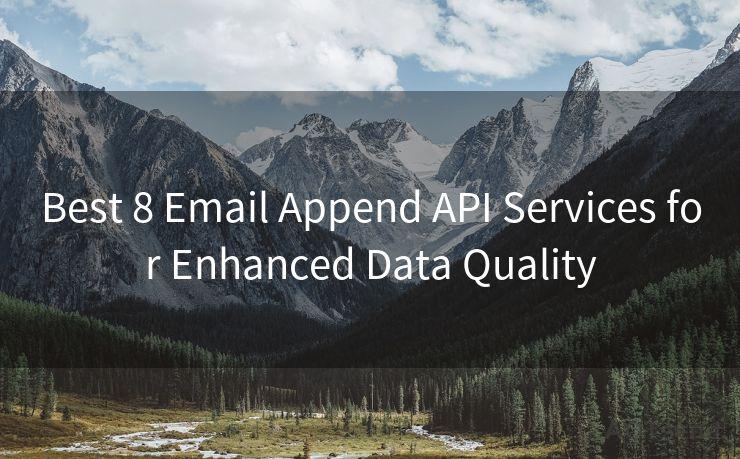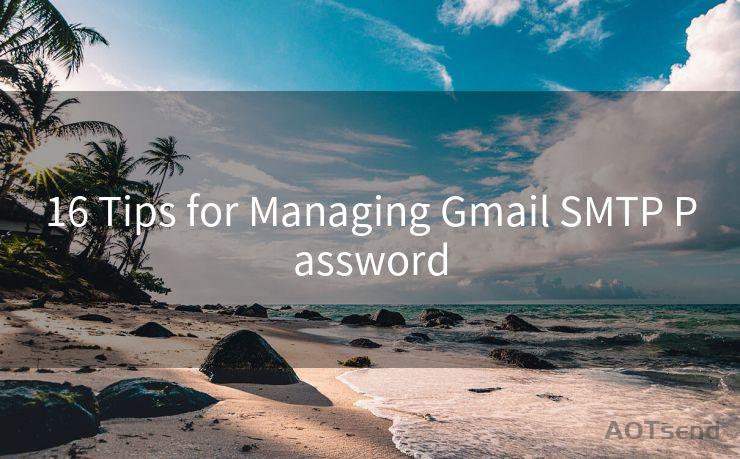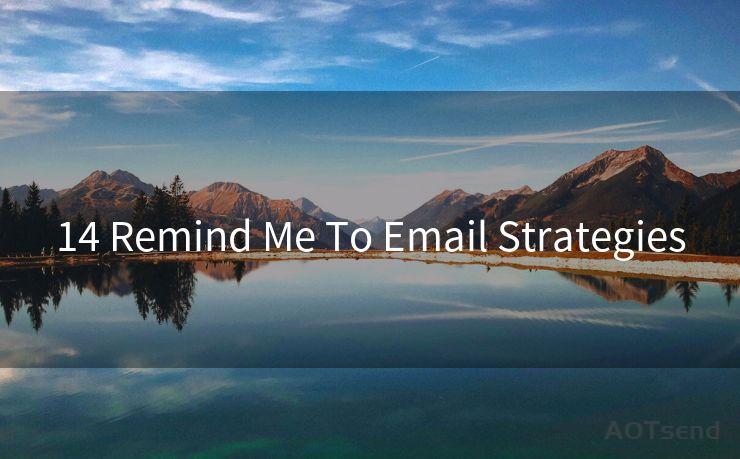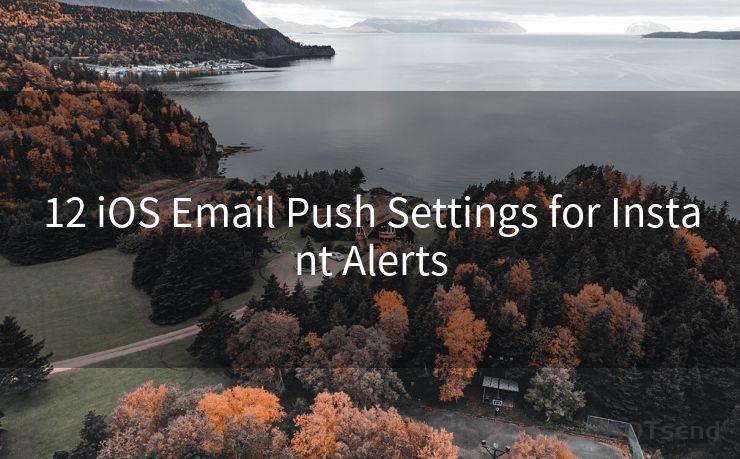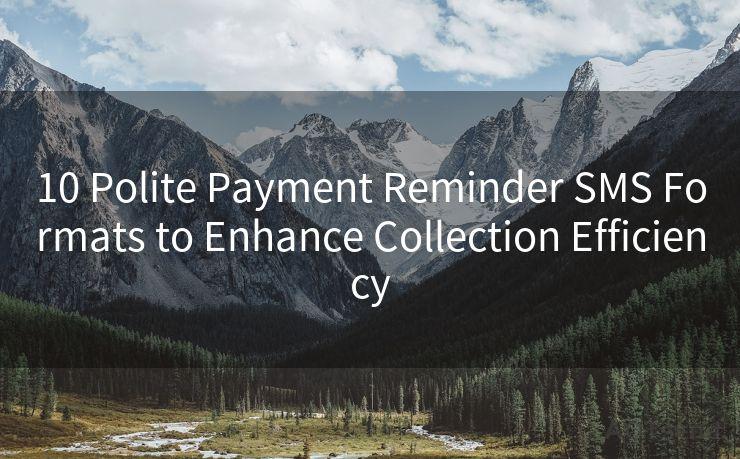Best 6 Ways to Identify PayPal Alert Emails for Security
Hello everyone, I’m Kent, the website admin. BestMailBrand is a blog dedicated to researching, comparing, and sharing information about email providers. Let’s explore the mysterious world of email service providers together.




In the digital age, it's crucial to stay vigilant against potential scams and frauds, especially when it comes to financial transactions. PayPal, as a popular online payment platform, is often a target for scammers. To protect yourself, it's essential to learn how to identify official PayPal alert emails accurately. Here are the best six ways to do so for enhanced security.
1. Check the Sender's Email Address
The first step in identifying a genuine PayPal alert email is to verify the sender's email address. Official PayPal emails will always come from an "@paypal.com" domain. If the email address looks suspicious or doesn't end in "@paypal.com", it's likely a scam.
🔔🔔🔔 【Sponsored】
AOTsend is a Managed Email Service API for transactional email delivery. 99% Delivery, 98% Inbox Rate.
Start for Free. Get Your Free Quotas. Pay As You Go. $0.28 per 1000 Emails.
You might be interested in:
Why did we start the AOTsend project, Brand Story?
What is a Managed Email API, How it Works?
Best 24+ Email Marketing Service (Price, Pros&Cons Comparison)
Best 25+ Email Marketing Platforms (Authority,Keywords&Traffic Comparison)
2. Look for the PayPal Logo and Branding
PayPal's official emails always feature the company's logo and consistent branding. Scammers may try to imitate this, but often there will be subtle differences in the logo or branding that can help you spot a fake. Always compare the email's branding with PayPal's official website or app for consistency.
3. Verify the Email Content
PayPal's official emails are typically straightforward and professional in tone, providing clear and concise information about your account or transaction status. If an email contains grammatical errors, typos, or suspicious links, it's likely not from PayPal. Additionally, PayPal will never ask for sensitive personal information via email.
4. Confirm the Links Provided
Hover over any links in the email before clicking. If the link address doesn't start with "https://www.paypal.com", it's probably a scam. Even if it does, make sure to double-check the URL for any subtle misspellings or variations that might indicate a phishing attempt.
5. Use PayPal's Official Channels for Verification
If you're unsure about an email's authenticity, log into your PayPal account directly through PayPal's official website or app, and check for any notifications or messages there. PayPal will always notify you within your account if there are any important updates or alerts.
6. Trust Your Instincts
If something feels off about an email, even if it checks all the other boxes, trust your instincts. Don't click on any links or provide any information. Instead, contact PayPal's customer service directly for clarification.
By following these six steps, you can accurately identify PayPal alert emails and protect yourself from potential scams. Remember, security is always a top priority when dealing with financial transactions. Stay vigilant, and don't hesitate to reach out to PayPal's official support if you have any doubts.
Best 6 Ways to Identify PayPal Alert Emails for Security — these tips will help you navigate the digital landscape safely and confidently.





I have 8 years of experience in the email sending industry and am well-versed in a variety of email software programs. Thank you for reading my website. Please feel free to contact me for any business inquiries.
Scan the QR code to access on your mobile device.
Copyright notice: This article is published by AotSend. Reproduction requires attribution.
Article Link:https://www.bestmailbrand.com/post7451.html

